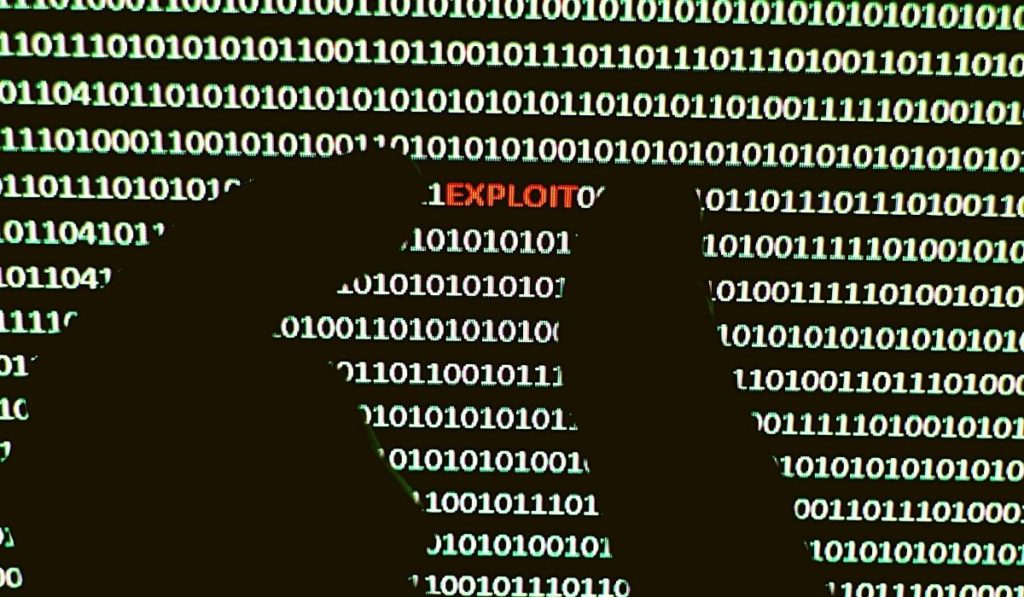2022-4-17 23:00 |
Blockchain oracles enable accessing, processing, and transmitting information between the outside world of off-chain data and smart contracts.
While they already represent a crucial piece of the infrastructure that makes DeFi and decentralized applications possible, oracles are likely to become more prominent in the future.
How are oracle solutions addressing scalability issues and what major developments can be expected in the future?
To answer these questions, CryptoSlate talked to some of the prominent experts on the subject– some of whom are going to meet in Berlin this June at the world’s first technologically agnostic summit that’s fully focused on oracles.
Scalability issuesOracles are one of the primary applications at the moment that are struggling with scalability, according to Niklas Kunkel, Oracle Core Unit Facilitator at MakerDAO, who addressed some of the issues surrounding this pervasive and universal challenge.
“Talking exclusively about Ethereum–the trend of gas prices on Ethereum has been increasing exponentially over the past two years, and even though all of the oracle providers have innovated and made their oracles more scalable, the fact of the matter is that gas prices have been increasing at a greater rate than the rate in which the innovators have been able to reduce it,” according to Kunkel, who pointed out that costs are currently extremely high.
“Maker probably spends around $8 million a year just to operate our oracles,” he said, adding that those costs don’t include other related expenses and upkeep, such as research and development, and can be purely attributed to transaction fees on Ethereum.
While describing the scale of the problem, he noted that Maker’s oracle research and development is, among others, focused on reducing those costs. Kunkel clarified
“We think we can drastically reduce this, especially on Layer 2–on Layer 1, the computation is very very expensive,”
Since they have drastically reduced the costs of computing, Layer 2s provide a very unique opportunity to reduce oracle costs.
Michael Zemrose, Co-founder at Tellor also addressed the costs of putting data on-chain.
Touching on Tellor’s liveness guarantees in times of high gas fees, network congestion and stress, he explained how their decentralized oracle solution is relying on a basic market demand dynamic.
“Data reporters have to pay the gas fee to submit the on-chain transaction, and if it’s a high gas fee situation, the user can just add a tip,” he said, pointing out the option to offer extra money incentives if reporters aren’t reporting.
That said, can users rely on oracles to provide the data they need if their needs change?
“This space is super innovative and fast moving and the types of data that users need is rapidly evolving,” Zemrose noted, arguing that Tellor’s solution was designed to be extremely adaptable.
Flexibility is one of the key features when it comes to building oracles for the long run, he pointed out.
“The users stipulate the data they need, how they need it, what format they need it in, and we can make it happen–quickly,” he said, arguing it’s not a huge lift for Tellor to build a custom data type for somebody.
The future of oraclesAccording to Kunkel, who believes that crypto is still very much in the innovation phase, as the industry matures and professionalizes, a much bigger spotlight will be put on risk management. He predicted,
“Not having your crypto application or crypto business dependent on a singular provider is going to become imperative–which means there is a really big opportunity in the oracle business–for multiple players,”
The definition of what is an oracle and what it can do has drastically expanded during the past year, Kunkel noted. One example is connecting all of the different blockchains together–something that is commonly called ‘bridges.’
“Essentially what is happening when you want to move tokens from one blockchain to another–you lock them up in chainA, some bridge validator attests that they are locked, and sends information to issue tokens on chainB,” he explained.
Semantics aside, a validator is really just an oracle, Kunkel and Zemrose explained.
“Oracles look at data somewhere and attest saying–this data is true, or–I witnessed this. People have been looking at bridges and validators as something separate, but they are really the same thing,” clarified Kunkel.
According to him, this will become much more prevalent over the next year, as he expects oracles to play a cardinal role in transitioning from what he described as “going from trustful bridges to trustless bridges.”
Instead of crypto projects and crypto chains running their own bridge–where the team controls the bridge and the team could steal your tokens or not honor your transfer if they wanted to–there’s going to be a big shift to bridges that will be essentially run by the oracle infrastructure,” he explained.
According to Zemrose, an oracle system that can scale to multiple chains will be inevitable in the future, “an oracle system that can be deployed everywhere, such that communities themselves on different chains can run it, develop it, participate in it, and customize the tokenomics based on their needs.”
Talking about the role oracles could play in decentralizing bridges, he predicted a similar scenario outlined by Kunkel.
“I can see someone developing a bridge and partnering up with many different oracles to help empower the protocol of the bridge itself,” said Zemrose.
“A decentralized group of completely different oracles could be a really cool way to see bridging happen in the future,” he concluded.
The post Demystifying blockchain oracles: Part 3 appeared first on CryptoSlate.
Similar to Notcoin - Blum - Airdrops In 2024
High Performance Blockchain (HPB) íà Currencies.ru
|
|






















